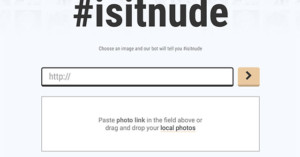
Reprogramming a Lytro to Make a Bad Camera Slightly Better
An industrious programmer managed to reverse-engineer the original Lytro light field camera firmware and opened it up to allow live streaming, full remote camera control, and custom code execution.








